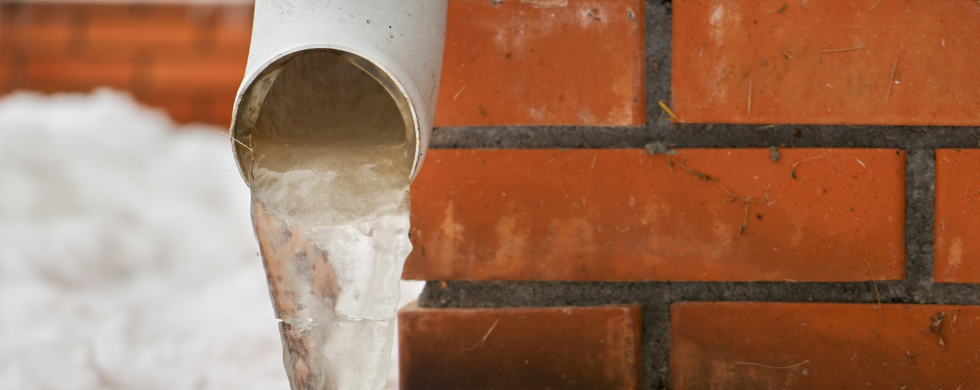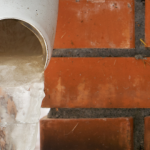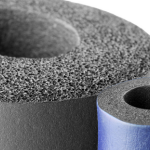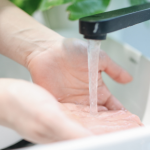How to Keep Frozen Pipes At Bay
The holidays are quickly approaching, and homeowners are preparing their homes. One thing that no homeowner can predict is the bursting or freezing of a water pipe. When water sits in a pipe during freezing temperatures, the water will expand. No matter how strong the pipes are, they may burst due to the expanding water.
Water may buildup in pipes for various reasons, such as clogged drains from the buildup of hair, grime, and minerals. In this article, homeowners can learn how to keep their pipes from freezing and what they can do if a pipe bursts.
Insulate Your Pipes

Homeowners are likely to ignore their pipes, especially if they are deep within a basement. They leave for a vacation and come home to a flooded home and thousands of dollars in restoration work. One way this can be prevented is to insulate the home’s water pipes.
Insulating water pipes can prevent a home from flooding due to a pipe bursting and cuts down energy costs.
Pipes located within outside walls, floor areas above crawl spaces that aren’t heated, attics with no heat, and garages without heat are especially vulnerable and should definitely be insulated. If an interior wall is heated or a garage is well heated, pipe insulation may not be necessary.
There are several kinds of insulation that professionals can use to ensure pipes are being kept safe:
- Pipe-wrap
- Foam pipe sleeves
- Pipe gaps
- Frost-proof outdoor faucets
- Outdoor faucet covers
- Maximize wall insulation
The Ol' Water Drip Method
One of the oldest tricks in the book to keep pipes from freezing is to leave the water running at a drip. The flow of water keeps the pressure from building up and frozen/burst pipes at bay. It really doesn’t matter how quickly the water is running out. However, homeowners should know that if the drip is slower, less water will be wasted. If it’s unlimited city water, the flow won't matter, but the drip should be slow if it’s well water.

Homeowners tend to get confused as to whether they are to leave the cold or hot water running at a trickle. Some homeowners have said that the cold water trickle wasn’t enough to keep the pipes from freezing, so they turned both hot and cold on at a steady pace, and it helped keep pipes thawed out.
Don't Lower The Heat Too Much
Another trick that is used to keep pipes from freezing and bursting is to keep the thermostat set at 55 degrees at night or while the home is not in use. Anything below that and the pipes are at risk for freezing. It only takes a ⅛ inch crack in a pipe to lose 250 gallons of water each day. This can result in flooding, mold, and severe damage, potentially causing thousands of dollars in repairs.
Keeping the thermostat at 55 degrees Fahrenheit at an absolute minimum will keep the home warm enough to keep pipes from freezing. However, the thermostat should be no higher than 65 degrees Fahrenheit. Only on the coldest days should the thermostat be at 65 degrees when the homeowner is away or sleeping.
About Sheely Plumbing, Inc.
Sheely Plumbing, Inc. is a family-owned company that has been in business for over 10-years. They offer flat-rate pricing, on-time, same or next day service, and offer a satisfaction guarantee to all of their customers. Contact them today for burst pipe repair in Alto, MI.















